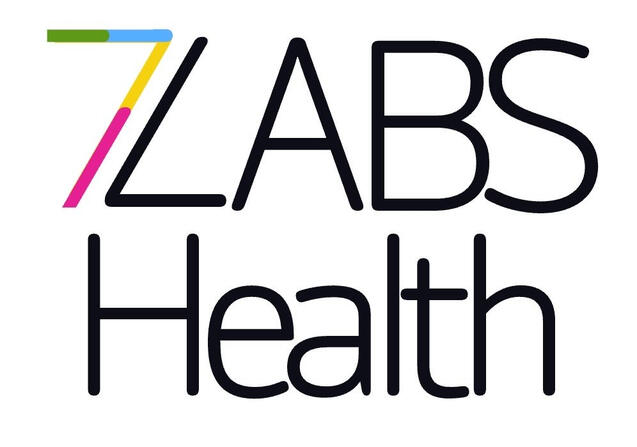
Revolutionizing PTSD Care Through Hair Metabolomics

OUR MISSION
To revolutionize healthcare by utilizing the blood metabolites captured within the hair cortex, to enhance early detection, continuous monitoring, and treatment management, particularly for conditions like PTSD, ultimately improving mental and physical health outcomes.

OUR SOLUTION: Hair metabolomic analysis for advanced healthcare solutions. We provide an innovative healthcare solution that leverages advanced molecular analysis technology to detect and monitor physiological markers of PTSD and other health conditions. By analyzing hair in small sections of hair (about 1cm), we can track changes over time, offering objective insights into an individual’s mental and physical health. This approach allows for personalized, data-driven treatment strategies, helping to predict and improve future health outcomes.
OUR PARTNERS

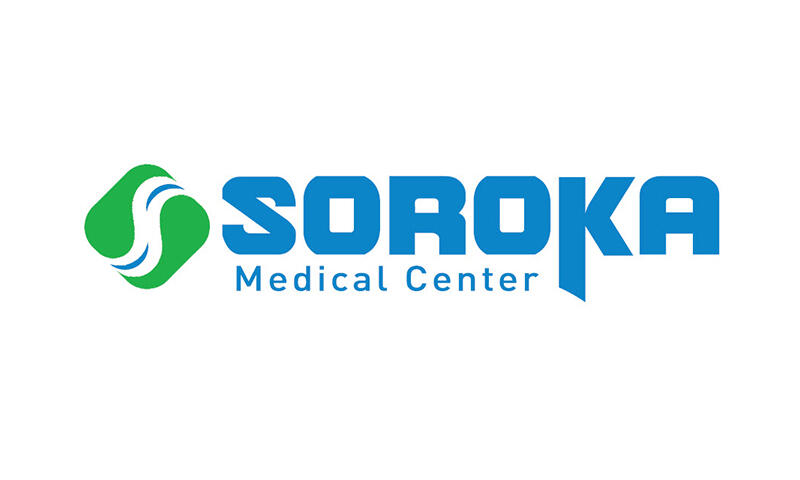
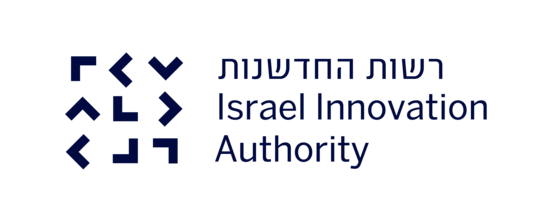


Hair analysis has a rich history dating back to the Nineteenth Century. In 1858, Hoppe documented the discovery of arsenic in the hair of an exhumed corpse, marking an early use of hair in forensic investigation. By 1954, Goldblum et al. identified amphetamine in guinea pig fur. The late 1970s saw Baumgartner et al. develop a radioimmunoassay (RIA) kit for opiates, pioneering hair-based drug testing. Controversy followed the RIA kit introduction in Germany in 1980, but subsequent work by Klug validated the method. Advances like gas chromatography with mass spectroscopy (GC/MS) further enhanced detection capabilities. Hair testing has evolved into a valuable tool for forensic toxicology and diagnostic medicine, particularly with 7LABS hair-omics-based approaches promising deeper insights into human biology and disease pathology.
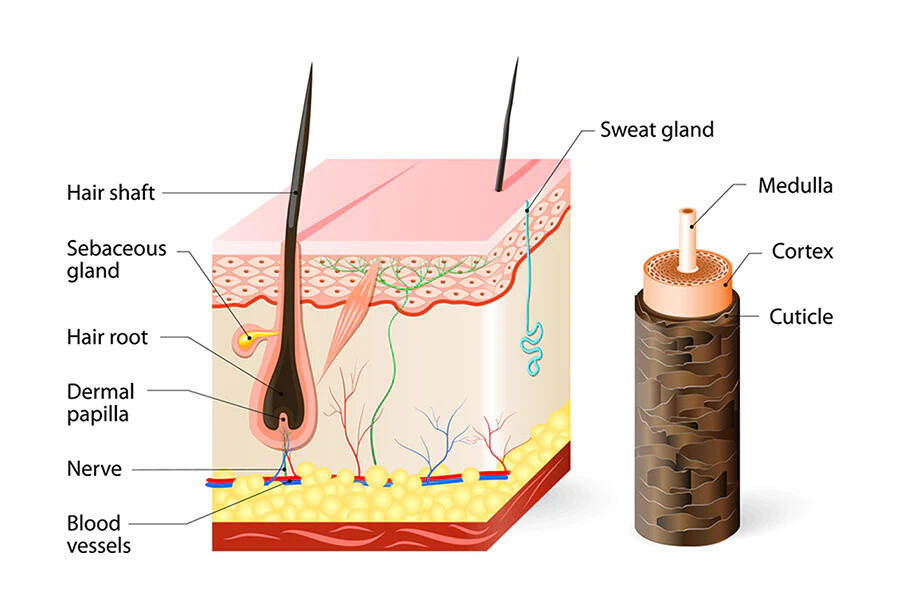
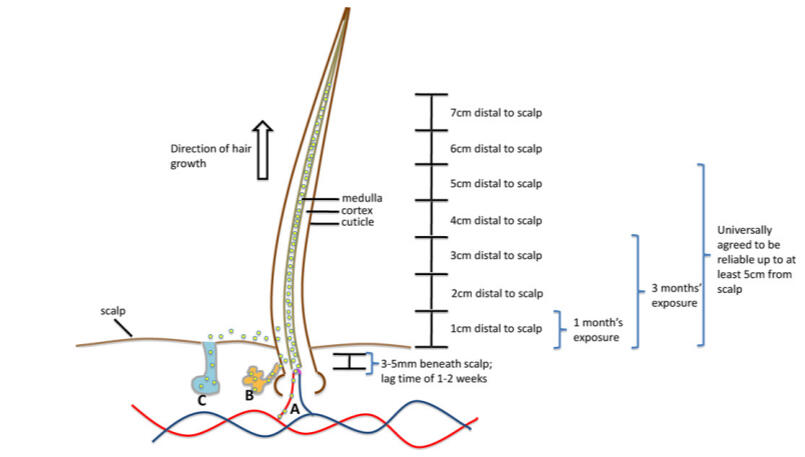
The Science Behind Hair Analysis
Hair, a continuously growing matrix composed of keratinocytes, captures and stores various hormones, metabolites, and endogenous compounds as it grows. This unique property allows for retrospective analysis of an individual's health profile. For instance, cortisol—released in response to stress—enters the hair follicle through dermal vasculature and becomes incorporated into the growing hair shaft, creating a historical record of cortisol exposure. Like hair drug testing, this snap shot of the past can tell us a story, like rings of tree, 1 cm of hair shows us 1 month back in history.
Below is an example of a chromatogram analytes measured by LC-MS/MS.

The compounds;
1 = cortisone,
2 = cortisol,
3 = androstenedione,
4 = testosterone,
5 = progesterone,
6 = AEA,
7a/b = 2-AG/1-AG,
8 = PEA,
9 = OEA.
Published in The International Journal of Pure and Applied Analytical Chemistry 2021;
Simultaneous quantification of steroid hormones and endocannabinoids (ECs) in human hair using an automated supported liquid extraction (SLE) and LC-MS/MS - Insights into EC baseline values and correlation to steroid concentrations.
Our Innovative Approach: Hairomic AnalysisOur product represents a groundbreaking advancement in hair analysis, going beyond single analyte testing to offer the worlds first hairomic analysis—a comprehensive assessment of an individual's health state through Liquid Chromatography-Tandem Mass Spectrometry (LC-MS/MS).Our comprehensive biomarker analysis panel includes a wide array of endogenous compounds such as sex hormones, stress hormones, and endocannabinoids. By measuring multiple biomarkers simultaneously, we provide a holistic view of physiological and endocrinological function.
1.How many compounds can you find in hair?
2. Are stress and PTSD related?
3.....Ask us Anything
"How many compounds can you find in hair?"- 9,584 to be exact.
Abstract taken from
Chen, Y., Guo, J., Xing, S., Yu, H., & Huan, T. (2021). Global-Scale Metabolomic Profiling of Human Hair for Simultaneous Monitoring of Endogenous Metabolome, Short- and Long-Term Exposome. Frontiers in Chemistry, 9. https://doi.org/10.3389/fchem.2021.674265.Hair is a unique biological matrix that adsorbs short-term exposures (e. g., environmental contaminants and personal care products) on its surface and also embeds endogenous metabolites and long-term exposures in its matrix. In this work, we developed an untargeted metabolomics workflow to profile both temporal exposure chemicals and endogenous metabolites in the same hair sample. This analytical workflow begins with the extraction of short-term exposures from hair surfaces through washing. Further development of mechanical homogenization extracts endogenous metabolites and long-term exposures from the cleaned hair. Both solutions of hair wash and hair extract were analyzed using ultra-high-performance liquid chromatography-high-resolution mass spectrometry (UHPLC-HRMS)-based metabolomics for global-scale metabolic profiling. After analysis, raw data were processed using bioinformatic programs recently developed specifically for exposome research. Using optimized experimental conditions, we detected a total of 10,005 and 9,584 metabolic features from hair wash and extraction samples, respectively. Among them, 274 and 276 features can be definitively confirmed by MS2 spectral matching against spectral library, and an additional 3,356 and 3,079 features were tentatively confirmed as biotransformation metabolites. To demonstrate the performance of our hair metabolomics, we collected hair samples from three female volunteers and tested their hair metabolic changes before and after a 2-day exposure exercise. Our results show that 645 features from wash and 89 features from extract were significantly changed from the 2-day exposure. Altogether, this work provides a novel analytical approach to study the hair metabolome and exposome at a global scale, which can be implemented in a wide range of biological applications for a deeper understanding of the impact of environmental and genetic factors on human health.
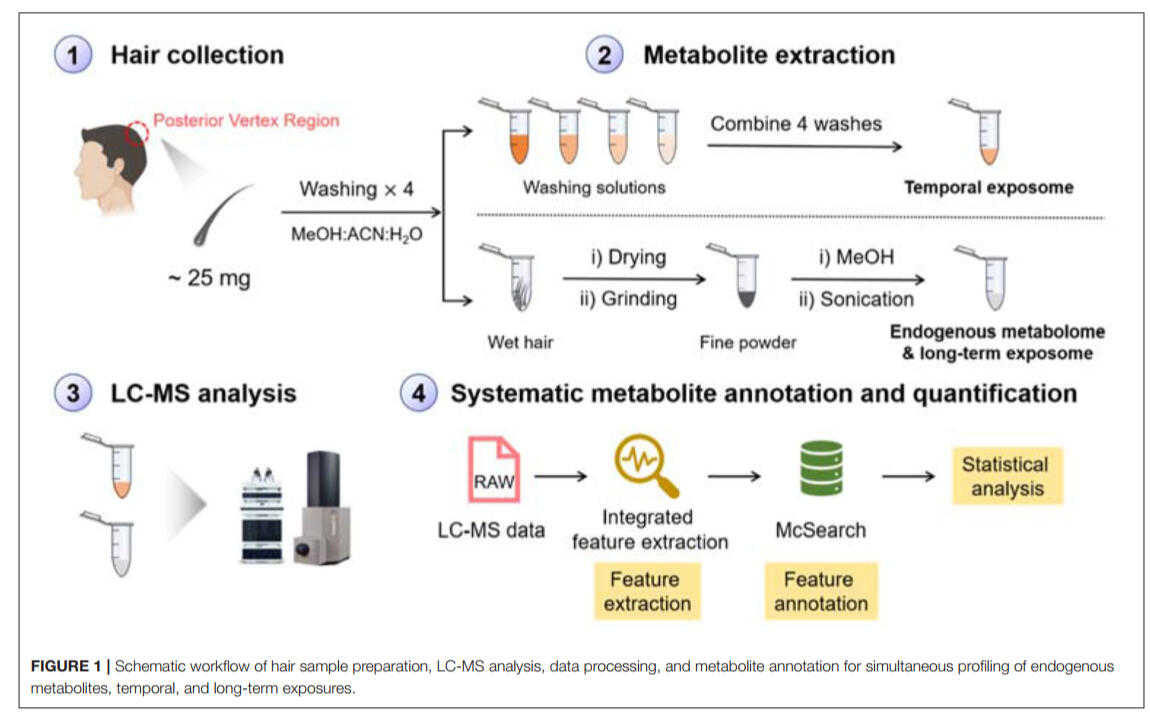
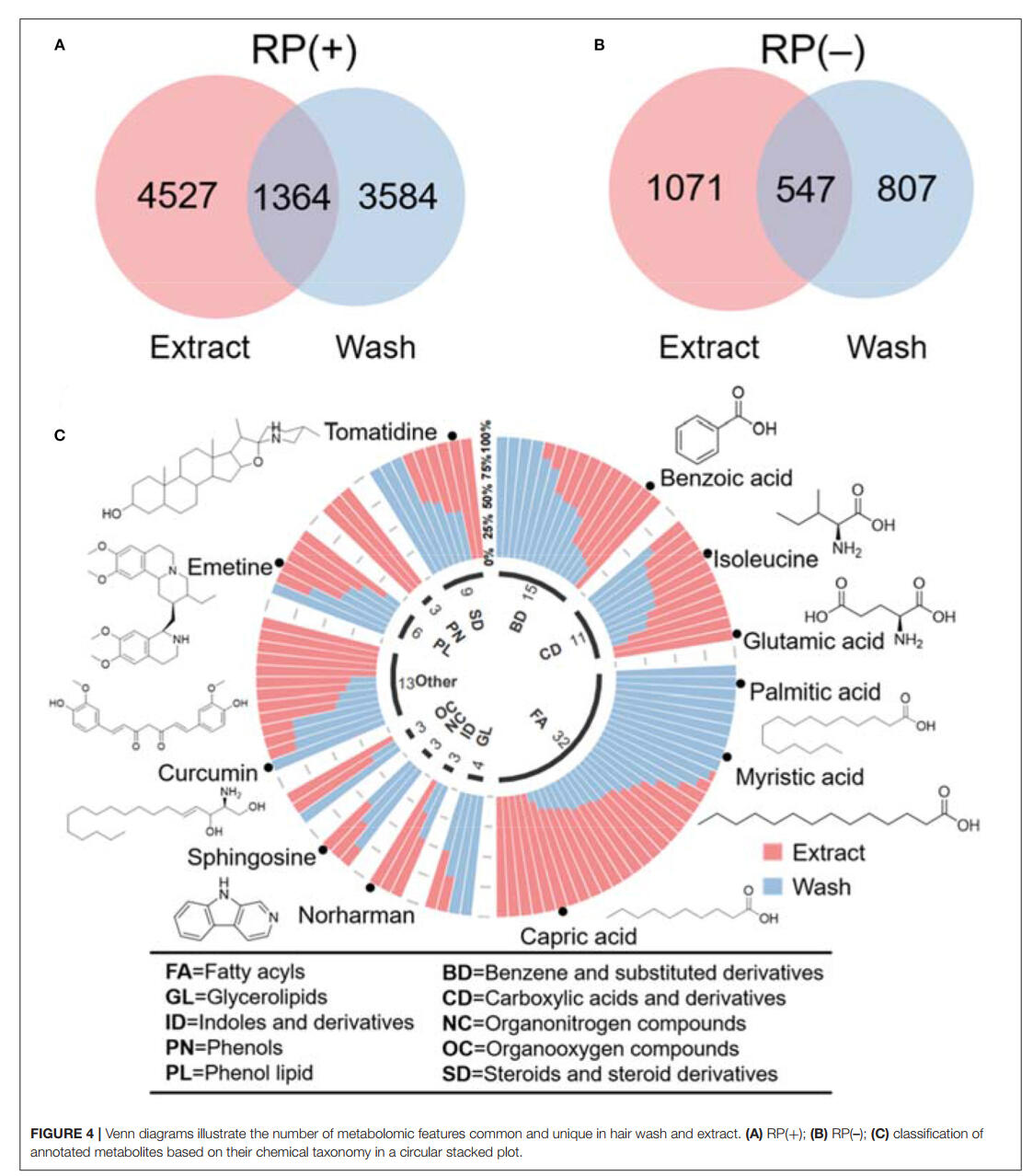
"Are stress and PTSD related?"- Yes
Section taken from
Wołowiec P, Michalak I, Chojnacka K, Mikulewicz M. Hair analysis in health assessment. Clin Chim Acta. 2013 Apr 18;419:139-71. doi: 10.1016/j.cca.2013.02.001. Epub 2013 Feb 13. PMID: 23415695.Financial and work-related concerns are subjectively the most common causes of social stress experienced by individuals today. Dettenborn et al. (2010) used hair cortisol analysis to rate levels of psychological stress. Individuals who had been unemployed for at least 1 year were compared with currently employed control subjects. All participants provided a hair sample and rated their level of chronic stress with the Trier Inventory for the Assessment of Chronic Stress (TICS) and a PSS. Cortisol concentrations in hair segments representing the most recent 3 months and the most recent 3—6 months were significantly higher in the unemployed group (h2 = 0.071; P < 0.05 and h2 = 0.085; P < 0.05 respectively). Additionally, the unemployed group reported significantly higher levels of worry on the TICS subscale (P < 0.01) and had significantly higher scores on the PSS (P < 0.01). In this study, hair cortisol analysis was shown to be a powerful tool in measuring chronic stress resulting from a common psychological stressor, further indicating it effectiveness as a biomarker of chronic stress.Steudte et al. (2011b) recently investigated hair cortisol concentrations in patients with Generalized Anxiety Disorder (GAD), a condition marked by excessive worry and anxiety regarding a variety of life problems. These symptoms are thought to be stressful in nature, but the literature examining its effect on the HPA axis is mixed, with some studies suggesting an overactive HPA axis and others finding no aberrations to the HPA axis. The researchers collected 9 cm hair samples from 15 patients with GAD and 15 age-, gender-, and lifestyle-matched controls. These samples were then divided into 3 cm segments and analyzed for cortisol content. Additionally, all participants completed a PSS. Interestingly, despite the GAD group having significantly higher mean PSS scores than the control group (P < 0.001), their mean hair cortisol content in the two most proximal 3 cm segments of hair was significantly lower than in the control subjects (P < 0.01). This is a new finding to this area of research, and suggests that while GAD patients have higher perceived stress, they may actually be hypocortisolemic. This could be the result of down regulation of the HPA axis with chronic anxiety, as evident in the recent meta-analysis (Miller et al., 2007). These studies highlight how hair cortisol analysis may provide new insight and perspectives to support or challenge mechanistic notions on stress response in various conditions, and underscores the need to expand this body of research.The unique ability of hair cortisol analysis to examine temporally distant psychological stressors has been perhaps best exemplified with a recent paper by Steudte et al. (2011a). Ugandan civil war survivors, many of whom had been severely traumatized within the past year, were examined. Traumatized participants were ranked on a Clinician-Administered Posttraumatic Stress Disorder Scale to delineate those who had posttraumatic stress disorder (PTSD). Sociodemographic background information known to affect cortisol production including age, sex, body mass index, smoking status and alcohol consumption was also collected. In addition, a four point PSS, Hopkins Symptom Checklist for depression and MiniInternational Neuropsychiatric Interview for suicidal ideation were all conducted. The specifics of the traumatic events that each participant had experienced were recorded, and the most proximal 3 cm of hair were used to represent cortisol production over the past 15 weeks. In total 10 PTSD patients and 17 controls were included for the analysis. Traumatized patients with PTSD were found to have significantly higher hair cortisol concentrations than their paired traumatized controls without PTSD (F(1,25) = 5.35; P < 0.05; hp2 = 0.18). In addition, in both groups the number of lifetime traumatic events was positively correlated with hair cortisol concentration (r = 0.41; P < 0.05).These findings are significant because this was the first time that hair cortisol analysis was used to investigate patients with PTSD, and the results stood in stark contrast to most other studies that have found PTSD to be frequently associated with hypocortisolism (Mason et al., 1986; Yehuda et al., 1996; King et al., 2001). Some have postulated that this aberrant finding about a disorder that is clearly stress-mediated may have been an artifact of sampling procedure. Previously the only matrices used to examine cortisol concentrations in patients with PTSD were serum, saliva, or urine–—all of which only provide a very narrow window into a patient’s cortisol production profile. Steudte’s results are consistent with the systematic review by Miller et al. (2007) who, in a meta-analysis of 107 studies on chronic stress, have shown that an important factor influencing cortisol output is the time that has elapsed since the stressful incident occurred.When the source of the stress was ongoing or had been relatively recent, cortisol concentrations appear to be elevated, but when the source of the stress is temporally distant, lower cortisol concentrations are observed. In the past, acquiring samples at the time that the stressful event occurred has often not been logistically or ethically feasible. Hair cortisol analysis has introduced a new tool to complement current methods for cortisol quantification and may provide a means to overcome some limitations of the established methods. Thus it may reinforce a potential paradigm shift suggesting that patients with PTSD may actually have started out with hypercortisolemia and have transitioned to hypocortisolemia.
Reflection Medical specializes in harnessing advanced hair analysis to aid physicians and communities in identifying individuals at risk of post-traumatic stress disorder (PTSD). Our innovative approach involves analyzing specific compounds in hair samples to provide predictive insights, facilitating early screening for PTSD risk.Empowering healthcare providers and our community, we harness the power of advanced hair analysis to predict and identify individuals at risk of PTSD, ensuring they receive timely and appropriate clinical care.With just a single hair sample, our innovative solution provides a clear assessment of the likelihood of developing post-traumatic stress disorder (PTSD) within the next six months.Our product is expertly crafted as a regulated screening tool, offering proactive insights without serving as a diagnostic device.

Resolve Pharma assists clients by providing an objective measure of stress for subjects participating in clinical investigations focused on screening, modifying, and developing mental health drugs and therapies, with a particular emphasis on mental health.We provide pharmaceutical companies with an objective measure of stress in clinical trial participants, aiding in the development of drugs for treating PTSD.Our clients work with us to include our hair analysis results in their clinical protocols, alongside blood work, self-reports, and clinician-administered questionnaires, to improve the accuracy of their drug development.
Text
Following the events of Oct 7th, 2023, our team came together,
to contribute to the journey to recovery.

Text
It is estimated that 520,278 individuals, or 5.3% of the Israeli population, will develop PTSD due to the events of October 7th, 2023.PTSD manifests through continuous intrusive thoughts, flashbacks, nightmares, and hyperarousal symptoms, which can severely disrupt a person's life. Alarmingly, the underdiagnosis and misdiagnosis of PTSD are common clinical issues, which can prevent patients from receiving the necessary treatment.Within this context, chronic stress is a widespread and stealthy threat to public health, with research clearly showing its negative impact on lifespan and quality of life. Chronic stress serves as a precursor to various physical and psychological conditions, including depression, anxiety disorders, cardiovascular disease, and obesity. It also intensifies pre-existing vulnerabilities, increasing the risk of developing PTSD after a traumatic event for those already dealing with chronic stress.Our goal is to enhance the diagnosis, treatment, and screening of PTSD, as well as to reduce chronic stress, thereby potentially preventing the onset of PTSD.
As Israelis, we believe that with perseverance, we can turn tragedy into meaning.

At 7LABS, we anticipate that the impact of October 7 will be akin to a seismic event on participants' endocrinological state. We expect to witness distinct phases—before, after, and the gradual return to baseline—over months, revealing individual journey to recovery.
We are thankful to the Israeli Innovation Authority for their generous support of our initiative. With their backing and the Tnufa Grant, we have secured up to $55,000 to develop our innovative idea.We extend our heartfelt thanks for making this initiative possible.
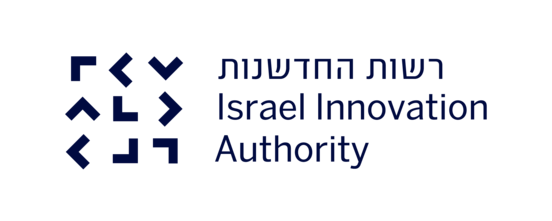
All hair samples will be processed and analysed by Albert Batushansky, Ph.D. and the team from the Metabolomics Unit at
Ben Gurion University of the Negev
Be’er Sheva, Israel.We thank them for their support.
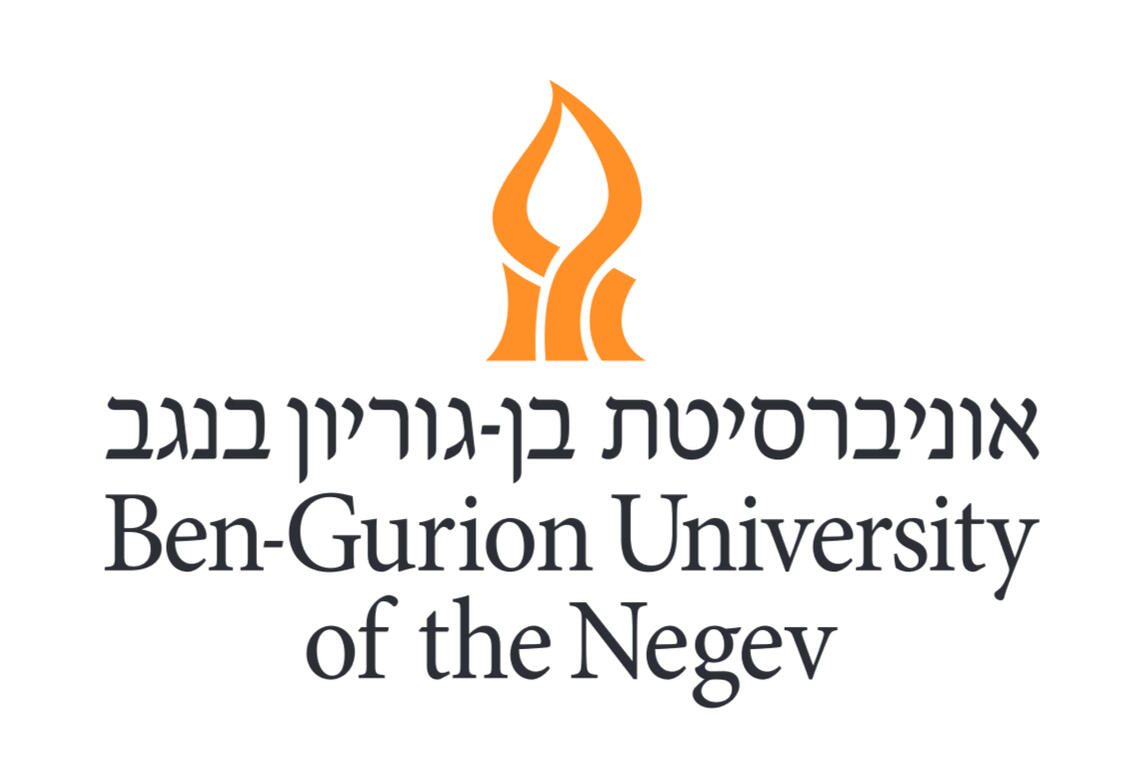
Dr. Ran Abuhasira and his team at the Clalit Soroka Medical Center Clinical Research Center are our research partners. Together they are responcible for Ethics committee submissions, sample collection, participant recruitment, and enrollment. Ensuring that our research is executed with precision and integrity.
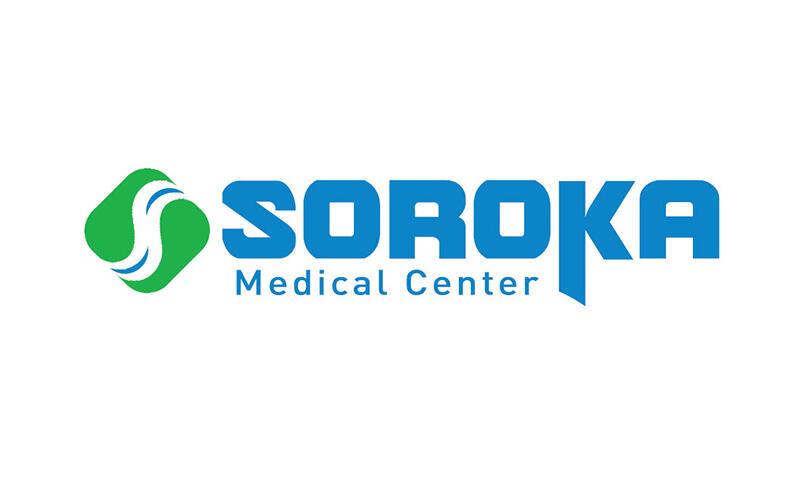
Synergy7's strategic partnership, combining Soroka University Medical Center, Clalit Health Services, and Ben-Gurion University, creates a powerful ecosystem for innovation in healthcare technology and biotechnology. 7LABS views this collaboration as crucial to advancing healthcare solutions in southern Israel, enabling us to develop and implement cutting-edge solutions that address the region's unique challenges.
.

Text

Contact Us
Have questions or inquiries?
Reach out to our team for more information about our community, company and our techology.
Interested in joining a dynamic team at the forefront of health technology innovation?Explore opportunities to work with us in transforming healthcare and personalized medicine.
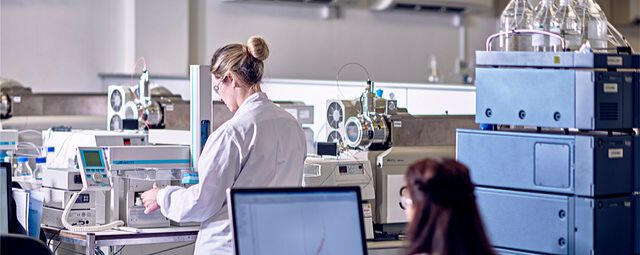
Join Us
Are you passionate about exploring the potential of hair-based biomarkers in health monitoring and personalized medicine?
We are seeking researchers with expertise in hairomics to drive innovative projects in this emerging field.LCMS Specialists
Excited about advanced mass spectrometry techniques?
Join us as an LCMS specialist to contribute to our research initiatives in metabolomics and clinical diagnostics.Metabolomics Specialists
Delve into the intricate world of metabolites and metabolic pathways.
We are looking for specialists in metabolomics to uncover new insights into human health and disease.Machine Learning Specialists
Are you skilled in machine learning algorithms and have a background in -omics data analysis?
Join our team to apply cutting-edge AI techniques to large-scale biological datasets.
